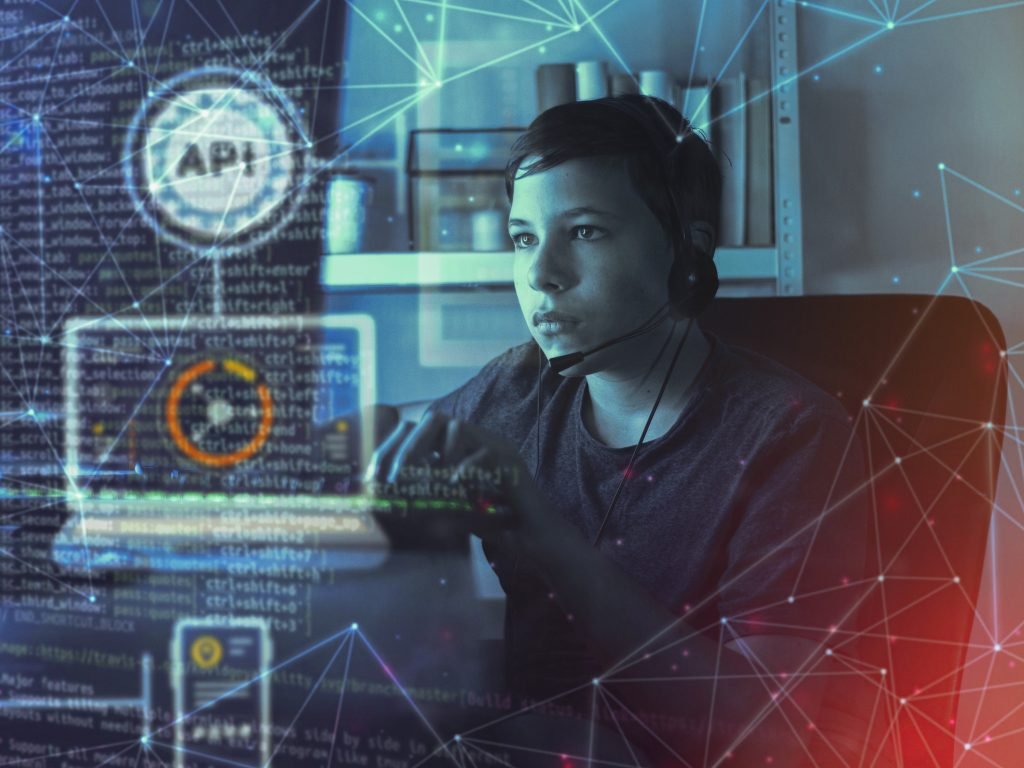Machine learning (ML) is a huge step forward in technology that makes it possible to make robots that can learn, change, and think. From the beginning, when simple algorithms could do simple tasks, to now, when complicated models like GPT (Generative Pre-trained Transformer) can write articles, take pictures, and even write songs, this field has greatly changed. In fact, The value of the global machine learning market was $8 billion in 2019 and is likely to reach USD 117 billion by the end of 2027.
The history of machine learning algorithms is an interesting tale of human creativity, technological progress, and the never-ending search for artificial intelligence (AI) that acts like humans.
YOU MAY ALSO LIKE: 7 Highly Effective Ways to Improve Your SEO for YouTube in 2023
The Early Days: Perceptrons and Symbolic AI
The first artificial neural networks, perceptrons, were made in the 1950s. This is where the history of machine learning starts. Frank Rosenblatt came up with perceptrons in 1957. They were meant to work like neurons in humans, processing information in a way that gave scientists a glimpse of how robots might be able to learn from data. However, these early models needed to be improved because they could only solve problems that could be separated in a straight line.
Another way of thinking about AI came about around the same time. It’s called symbolic AI or good old-fashioned AI (GOFAI). Instead of letting robots learn from data, this method focused on directly setting them with rules to follow. Symbolic AI ruled the field for many years, leading to important new technologies like expert systems that could make decisions like human experts in certain fields.
Backpropagation and Convolutional Neural Networks
Backpropagation, created by Geoffrey Hinton and others in the 1980s, was a big step forward for machine learning. This method let neural networks change their internal settings (weights) based on how wrong their outputs were, which made them much better at learning. This was also when Yann LeCun created convolutional neural networks (CNNs), which were based on how the visual brain of animals is organized. CNN paved the way for many computer vision improvements, making it possible for robots to identify and sort pictures accurately.
Support Vector Machines and Random Forests
As the digital age increased data, new machine-learning methods were created to make the most of it. In the 1990s and early 2000s, Support Vector Machines (SVMs) and Random Forests became famous because they could handle big datasets and connections in the data that were not linear. Random Forests build many decision trees and combine their results to get a more accurate picture. SVMs, on the other hand, find the hyperplane that best separates the different classes in the feature space.
The Deep Learning Revolution
Deep Neural Networks (DNNs), a type of neural network, became popular again in the middle of the 2000s. This was the start of the deep learning movement. The main things that led to this comeback were big data, better algorithms, and faster computers (especially GPUs). Deep learning models have many layers of neurons linked to each other. They can find complex patterns in big datasets, which has led to ground-breaking progress in speech recognition, natural language processing, and picture recognition.

Generative Models and Reinforcement Learning
Generative models and reinforcement learning have recently become more important to machine learning. Ian Goodfellow came up with Generative Adversarial Networks (GANs) in 2014. They are made up of two neural networks competing to make new cases of fake data that can’t be told apart from real data. This technology has made it possible to make amazing images, move styles, and do other cool things.
On the other hand, reinforcement learning teaches models how to make a series of choices. By getting input in the form of prizes or punishments, these models learn how to move through complicated settings and reach their goals. Reinforcement learning has been very important in developing self-driving cars, AI that plays games (like AlphaGo), and robots.
Transformers and Beyond
The Transformer model, created in 2017, is the most recent important step in the history of machine learning algorithms. Transformers have changed how natural language processing works, making it possible to understand and create language more accurately and coherently. Models built on the Transformer design, like OpenAI’s GPT-3, can write articles, answer questions, and code. This shows how far AI research has come and how useful it could be.
The Future of Machine Learning
In the years to come, machine learning will likely play an even bigger role in our lives. Through ongoing study, the future of machine learning models is being improved to be more useful, moral, and able to adapt to different jobs. The development of machine learning algorithms shows how we’re getting closer to making computers that are smart like humans and help us learn more about the world.
The past of machine learning, from perceptrons to Transformers, shows how curious people are and how much they want to make smart machines. As this field grows, it can make even bigger societal changes, creating new chances for invention and discovery.
Conclusion
The development of machine learning algorithms is a great example of how far people have come in their thinking and technology. From the early days of simple perceptrons to the complex designs of modern neural networks, this journey shows the important steps that have been taken and how the global study community works together. Every big step forward, from creating backpropagation algorithms to using convolutional and recurrent neural networks to the revolutionary effects of deep learning, shows how hard people try to understand and make intelligence.
This developmental route also shows how new ideas in theory and their use in real life constantly interact. Tasks like picture recognition, natural language processing, and complex decisions take much work. This has led to algorithms’ improvements, pushing the limits of what robots can do. As machine learning algorithms get better and more powerful, they impact many fields more. For example, they help doctors diagnose diseases amazingly accurately, help scientists predict weather patterns, and even help people in the social sphere understand how people talk and interact.
In conclusion, the history of machine learning is not just a scientific story; it also shows people’s hopes, problems, and moral dilemmas. As we look ahead to new technologies, it’s clear that machine learning will continue to play a big role in how our world works. The promise of AI, driven by the constant improvement of machine learning algorithms, opens up new ways to discover things and solve the world’s most difficult problems. Machine learning has a long way to go, and its next parts will no doubt continue to amaze, challenge, and change the world in ways we can’t even begin to think.
YOU MAY ALSO LIKE: How to Write SEO-Optimized Content
Continue reading iTMunch for the latest SEO trends, blogs, and more!
Feature Image Source: Image by freepik
Image 1 Source: Image by freepik





